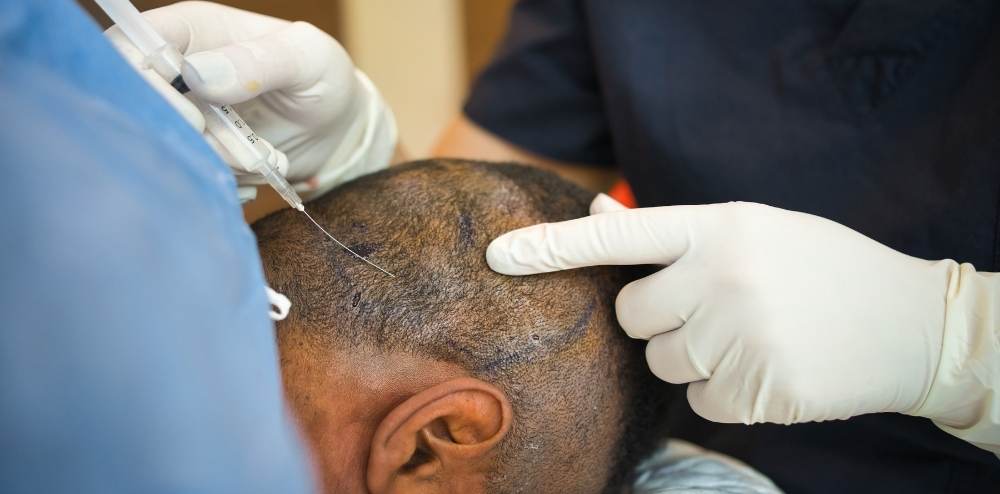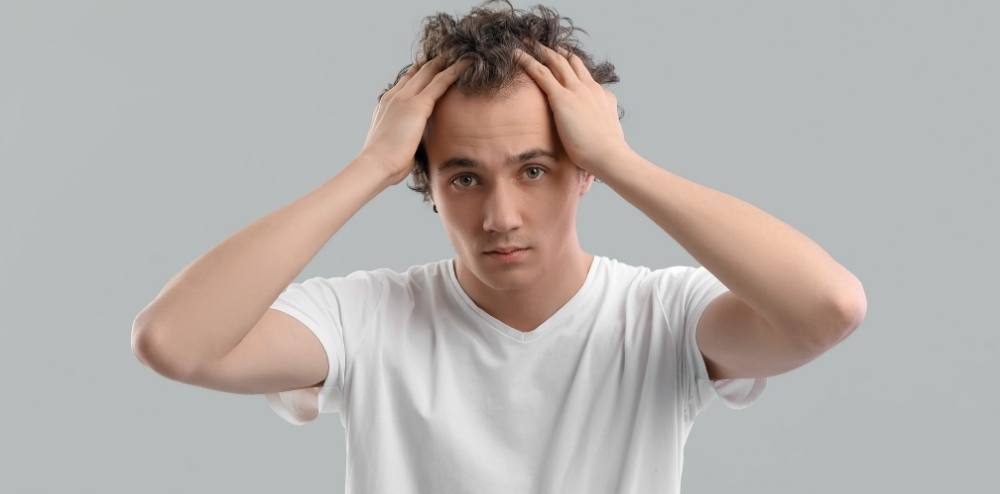Baldness is a known problem, which concerns millions of people around the globe. Hair transplants are quite a viable and efficient way in handling the issue but not every person is ready or willing to go under the knife. Luckily, there are other options which can be observed as less invasive and effective in the prevention of hair loss or encouraging hair regrowth. Read on for some of the choices that have been made available in the market today in this regard.
1. Medications
The two main drugs that have been prescribed for hair loss include topical Minoxidil (Rogaine) and oral Finasteride (Propecia).
Minoxidil is one safeguard that can be purchased without a prescription and is applied as a liquid on the scalp area. The mechanism is that it encourages hair follicles, ensures that hair is in phase two and slows down on the phase three which is the shedding of hair. It is not affected by gender and is normally applied two times in a day. However, the efficiency of such solutions tends to differ in certain cases and could take up to several months to show the first positive effects.
It is used orally and is only available through prescription primarily for male subjects. How it works is that it prevents the transformation of testosterone into DHT which is known to cause hair loss. Finasteride is useful in ceasing further hair loss and sometimes in regrowing hair. But still it should be mentioned that this medication is counter-indicated in women particularly by pregnancy and by the intention on pregnancy.
2. Low-Level Laser Therapy (LLLT)
Low-Level Laser Therapy or LLLT is one-part non-surgical treatment through which red light lasers are used to pulse the hair follicles in order to encourage hair grow. The lasers prolong the blood circulation of blood in the scalp thus enabling satisfactory supply and oxygen to the follicles for growth of hair. A patient can receive LLLT treatment in a clinic or at home using a laser cap or comb tool. It is non-invasive that mostly has few complications arising mainly from the injection of the filling materials.
3. Scalp Micropigmentation (SMP)
SMP is a hair loss treatment where hairless dots are tattooed on the affected areas of the scalp to give the appearance of follicles. This treatment do not make the hair grow but give an impression that the person has thick hair. SMP is useful for clients who want to avoid surgery to address thinning hair or to achieve the appearance of a shaved head.
Conclusion
More permanent remedies include hair transplantation for persons who have a tendency of balding while the non-surgical ones are useful since they do not involve surgery. Others include Minoxidil and Finasteride; Low-Level Laser Therapy; and Scalp Micropigmentation which has own advantages and could be personalised for the patients’ conditions. However, it is vital to keep note that one shall consult a health care provider before beginning with any treatment.



